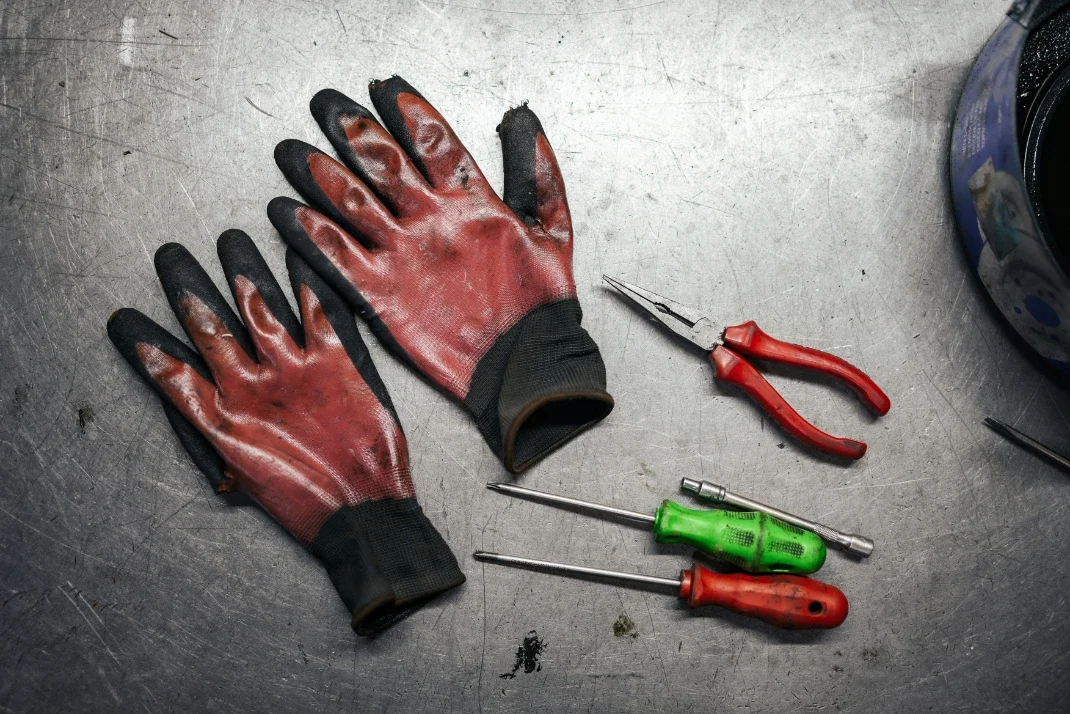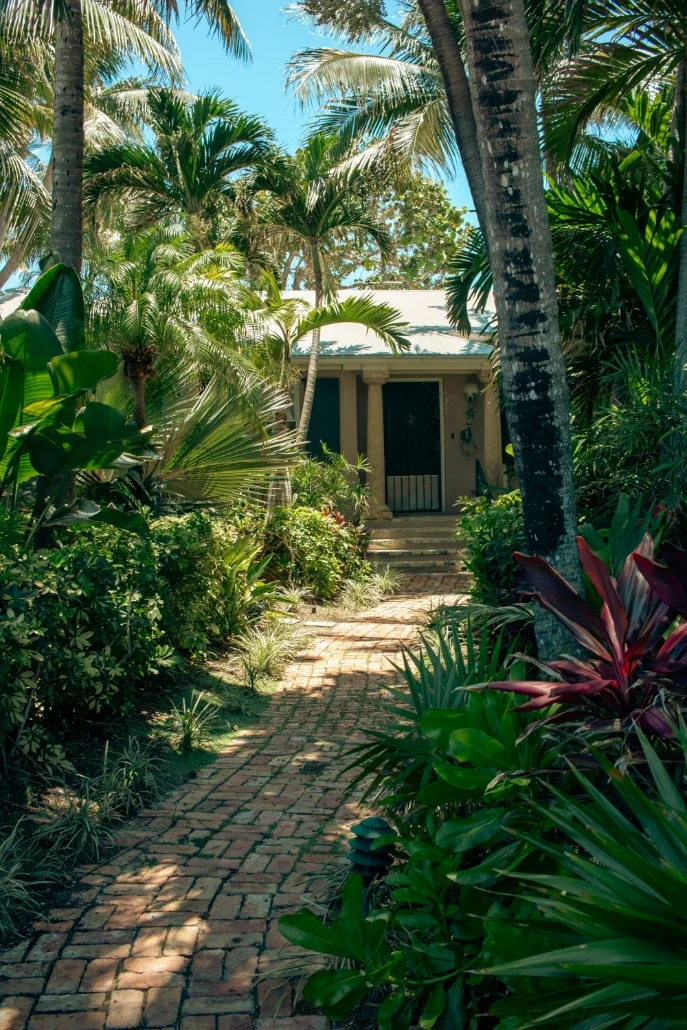How to Propagate a Fiddle Leaf Fig: Step-by-Step
Discover How to Propagate a Fiddle Leaf Fig: Step-by-Step in this comprehensive guide. Learn all the tips and tricks for growing new fiddle leaf fig plants from cuttings and ensure your propagation success.
So, you’ve fallen in love with the lush, glossy leaves of the fiddle leaf fig and want more of these beauties in your home? You're in luck! Learning How to Propagate a Fiddle Leaf Fig: Step-by-Step is easier than you might think and can be a rewarding gardening project. Whether you’re aiming to expand your indoor jungle or share the love with friends and family, propagating a fiddle leaf fig is a great way to do it.
In this guide, we’ll break down the process from start to finish, covering everything you need to know to get those new plants growing. Grab your pruners and let’s get started!
How to Propagate a Fiddle Leaf Fig: Step-by-Step
1. Understanding Fiddle Leaf Fig Propagation
Before diving into the how-to, let’s get a quick overview. Propagation is the process of growing new plants from a variety of sources—seeds, cuttings, or other plant parts. For the fiddle leaf fig, cuttings are the way to go. This method is straightforward and allows you to clone your existing plant.
2. Preparing for Propagation
Gather Your Supplies
You don’t need a lot to get started, but having the right tools makes the job smoother. Here’s what you’ll need:
Sharp, Clean Pruning Shears: Sharp, clean pruning shears ensure precise cuts and help prevent the spread of disease, keeping your plants healthy and well-maintained..
Rooting Hormone (optional): While this can help stimulate root growth, it's not essential for healthy plant development in most cases.
Clean Container or Jar: A clean container or jar is essential for water propagation, ensuring a healthy environment for roots to develop.
Potting Soil: Potting soil provides the ideal environment for soil propagation, offering essential nutrients and proper drainage for healthy plant growth.
Pots: Pots are necessary for planting your rooted cuttings, providing a stable environment for continued growth and development.
Plastic Wrap: Plastic wrap helps create a humid environment when propagating in soil, promoting faster root development and healthier growth.
Choose the Right Time
Late spring or early summer is the optimal time for propagating fiddle leaf figs, as the plant is in its active growing phase, enhancing the likelihood of successful root development. During this period, the warmer temperatures and increased daylight provide ideal conditions for new growth. However, it's worth noting that fiddle leaf figs can be propagated at any time of the year, although off-season attempts may require additional care and may not yield the same success rate. Ensuring proper environmental conditions, such as adequate humidity and temperature, can help compensate when propagating outside the ideal timeframe.
3. Taking the Perfect Cutting
Select a Healthy Parent Plant
When selecting a fiddle leaf fig for propagation, choose a plant that is healthy and robust to maximize your chances of success. Look for a specimen with vibrant, deep green leaves and a strong stem, avoiding any plants that show signs of disease, pests, or stress, such as yellowing leaves, spots, or wilting. A healthy parent plant ensures that your cutting will be more likely to root successfully and develop into a thriving new plant. By starting with a vigorous fiddle leaf fig, you give your propagation efforts the best possible foundation for growth and resilience.
Make the Cut
Here’s how to do it right:
Choose a Stem: Look for a stem that’s at least 6 inches long and has several leaves. Ideally, it should be a little thicker than a pencil.
Make the Cut: Using your clean pruning shears, make a clean cut just below a node (the small bump where leaves or branches emerge). This is where the roots will form.
Remove Lower Leaves: Gently remove any leaves on the lower part of the cutting, leaving just a couple at the top. This helps the cutting focus its energy on root development.
4. Propagating in Water
Water propagation is a popular method for fiddle leaf figs. It’s simple and lets you see the roots as they develop.
Place the Cutting in Water
Add Water: Add water to your clean container or jar, ensuring it covers the lower part of the cutting while keeping the leaves above the waterline. This helps the cutting stay hydrated and encourages root development without risking rot or decay by submerging the foliage.
Position the Cutting: Position the cutting in the water, making sure that the node—the area where roots will form—is fully submerged. Keep the leaves above the waterline to prevent them from rotting. This setup ensures that the cutting receives the necessary moisture to encourage root growth while keeping the foliage healthy.
Maintain the Environment
Choose a Bright Spot: Choose a bright spot for your container, ideally where it will receive plenty of indirect sunlight. Avoid placing it in direct sunlight, as this can lead to algae growth in the water or cause the cutting to overheat. Indirect light provides the right balance for healthy root development.
Change Water Regularly: Change the water in your container every few days to keep it fresh and free from mold or bacteria. Regularly refreshing the water ensures a healthy environment for your cutting, promoting strong root development while preventing any harmful buildup that could hinder the plant's growth.
Wait for Roots: Wait patiently for roots to develop, as this process can take several weeks to a few months. You'll begin to see roots emerging from the node and extending into the water. Keep the cutting in a stable environment and continue changing the water regularly to support healthy root growth.
5. Propagating in Soil
Soil propagation is another effective method, especially if you prefer to skip the water stage.
Prepare the Potting Soil
Use Well-Draining Soil: Use well-draining soil for your plant by mixing potting soil, perlite, and orchid bark. This combination provides excellent drainage and aeration, preventing waterlogged roots and promoting healthy growth. The perlite and orchid bark help create a light, airy soil structure, ensuring your plant's roots have the ideal environment to thrive.
Moisten the Soil: Moisten the soil lightly before planting the cutting, ensuring it is damp but not overly saturated. The soil should be evenly moist to provide the right environment for the cutting to establish roots without being waterlogged. This balance helps the cutting adapt smoothly to its new growing medium.
Plant the Cutting
Create a Hole: Create a hole in the soil using a pencil or stick, making it deep enough to accommodate the cutting without damaging the delicate roots. This pre-made hole ensures that the cutting can be placed securely without bending or breaking, allowing it to settle into the soil more easily.
Insert the Cutting: Insert the cutting into the prepared hole, ensuring that the node is fully buried in the soil. Gently press the soil around the cutting to secure it in place, making sure it's stable and upright. This positioning allows the cutting to establish roots effectively and begin its growth in the new environment.
Water Lightly: Water the cutting lightly, just enough to settle the soil around it and ensure good contact between the roots and soil. Avoid overwatering, as the soil should be moist but not soggy. This gentle watering helps the cutting establish itself in its new environment without overwhelming it with excess moisture.
Create a Humid Environment
Cover the Pot: Cover the pot with plastic wrap or a clear plastic bag to create a mini greenhouse effect. This helps retain moisture and increases humidity, providing an ideal environment for the cutting to root and grow. Make sure the cover is secure but allows some airflow to prevent mold or rot.
Open Occasionally: Open the cover for a short period each day to allow fresh air to circulate, which helps prevent mold and ensures the cutting receives oxygen. This brief exposure to fresh air is essential for maintaining a healthy environment, balancing humidity with proper ventilation to support the cutting's growth.
6. Caring for Your New Plants
Once your cuttings have developed roots, it’s time to transition them into their new homes.
Transplanting
Choose the Right Pot: Choose a pot that is slightly larger than the current root system of your cutting to allow for growth. Ensure the pot has drainage holes to prevent water from accumulating at the bottom, which can lead to root rot. Proper pot size and drainage are crucial for healthy plant development.
Pot the Cutting: Pot the cutting by gently removing it from the water or soil, taking care not to damage the delicate roots. Place it in the new pot filled with fresh potting soil, ensuring the roots are well-covered and the cutting is stable. This careful transition supports healthy growth in its new environment.
Water and Adjust Light: After potting the cutting, water it lightly to help settle the soil and support the plant's transition. Place the new plant in a location with bright, indirect light, which provides the ideal conditions for growth without stressing the cutting. This balanced care encourages healthy development.
Ongoing Care
Watering: When watering, aim to keep the soil consistently moist but avoid waterlogging. Allow the top inch of soil to dry out between waterings to prevent root rot and ensure the plant has the right balance of moisture. This careful approach supports healthy root development and overall plant growth.
Fertilizing: After a few months of growth, begin feeding your fiddle leaf fig with a balanced, water-soluble fertilizer. Apply the fertilizer according to the package instructions, usually during the growing season, to provide essential nutrients that support healthy leaf and root development. Regular feeding promotes vigorous, sustained growth.
Pruning: Regularly prune your fiddle leaf fig to encourage a bushier growth habit and maintain its shape. Remove any dead or damaged leaves to improve the plant's overall health and appearance. Pruning also helps direct energy to healthy growth, ensuring a fuller and more vibrant plant over time.
Conclusion
And there you have it—your ultimate guide to How to Propagate a Fiddle Leaf Fig: Step-by-Step. From selecting the perfect cutting to nurturing your new plant, you’re now ready to dive into the world of fiddle leaf fig propagation with confidence.
With a bit of patience and care, you'll soon have a thriving collection of fiddle leaf figs to brighten up your home. So, roll up your sleeves and start propagating—you’re well on your way to growing your own fiddle leaf fig paradise!
Frequently Asked Questions
How long does it take for fiddle leaf fig cuttings to root?
Fiddle leaf fig cuttings typically take between 4 to 8 weeks to develop roots, depending on the growing conditions and the health of the cutting.
Can you propagate a fiddle leaf fig from a leaf?
Propagation from a single leaf is generally not successful. You need at least a stem with a node to grow new roots and leaves.
How often should I change the water when propagating in water?
Change the water every 2 to 3 days to keep it fresh and prevent the growth of mold or bacteria.
What should I do if my fiddle leaf fig cutting starts to rot?
If you notice rot, it’s important to act quickly. Trim away the rotted sections and ensure that the cutting is not submerged in water. Start over with a fresh cutting if necessary.
Can I propagate a fiddle leaf fig in the winter?
While it’s possible to propagate in winter, the process may be slower. Ensure that the cutting is kept in a warm, bright spot to promote growth.
Stay up to date with our latest ideas!

































